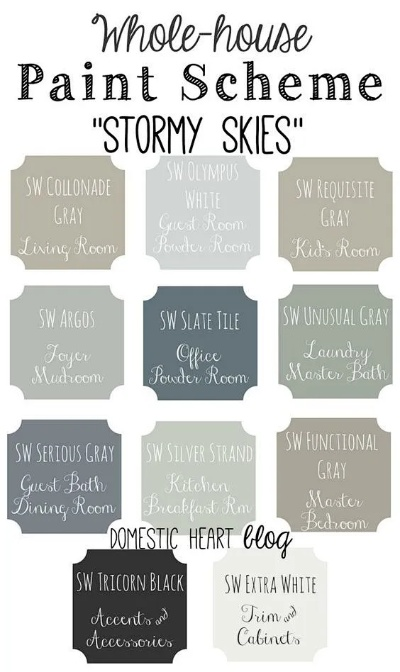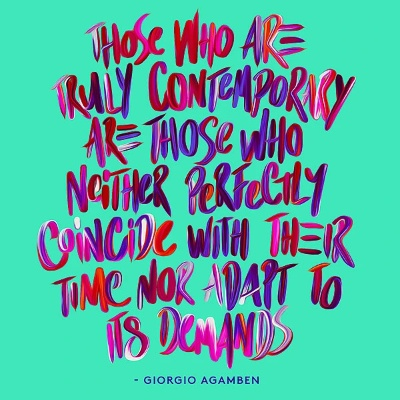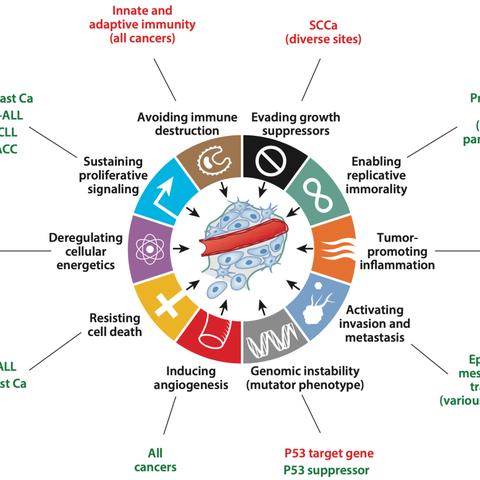How to Say "Paint it in Color" in English Language
Title: Expressing "Paint it in Color" in English: A Multidimensional Analysis
In the realm of language, phrases often carry profound meanings that extend beyond their literal interpretations. One such phrase is "paint it in color," which encapsulates a rich tapestry of metaphorical and idiomatic expressions. This article delves into the various aspects of this phrase, offering a comprehensive analysis, addressing frequently asked questions, and providing a reference list for further exploration.
The Phrase "Paint it in Color": An Overview
"Paint it in color" is a phrase that metaphorically suggests adding vibrancy, depth, and richness to something, usually an idea, concept, or narrative. It implies bringing life and emotion to a situation or description, making it more vivid and engaging. This phrase is often used in creative contexts, such as writing, art, and storytelling.
Multidimensional Analysis
1、Literary Context:
In literature, "paint it in color" is often used to describe the act of adding descriptive details to a scene or character. It enhances the reader's experience by providing a vivid mental image. For instance, rather than simply stating that a character is sad, an author might "paint it in color" by describing the character's teary eyes, quivering lips, and the somber atmosphere surrounding them.
2、Artistic Interpretation:
In the visual arts, "paint it in color" can refer to the literal act of adding color to a black-and-white or grayscale image. However, it also metaphorically signifies the injection of emotion and creativity into a piece of art, making it more dynamic and expressive.

3、Communication and Expression:
In everyday communication, this phrase is used to encourage people to express themselves more vividly and emotionally. For example, when someone is recounting an experience, a friend might say, "Paint it in color so we can really feel what you felt."
4、Cultural Significance:
The phrase also reflects a cultural appreciation for vividness and expressiveness. In many cultures, storytelling and art are highly valued, and the ability to "paint in color" is seen as a mark of creativity and talent.
Frequently Asked Questions (FAQs)
Q1: What is the origin of the phrase "paint it in color"?
A1: The exact origin of the phrase is unclear, but it is believed to have emerged from the artistic practice of adding color to black-and-white images. Over time, it has evolved to take on metaphorical meanings.
Q2: Can the phrase be used in a negative context?
A2: Yes, while the phrase is generally positive, it can be used negatively. For instance, someone might say, "Don't paint it in color; just give me the facts," to emphasize a desire for straightforward, unembellished information.
Q3: How can one effectively "paint in color" in writing?

A3: To effectively "paint in color" in writing, one should focus on descriptive language, sensory details, and emotional depth. Using vivid verbs, metaphors, and similes can also enhance the reader's experience.
Q4: Is "paint it in color" specific to English or used in other languages?
A4: The phrase is primarily used in English, but similar expressions exist in other languages that convey the same idea of adding richness and depth to a description or narrative.
References
1、Crystal, D. (2008). A Dictionary of English Phrases. New York: Oxford University Press.
2、Fernald, T. (2017). The Art of Description: World into Word. New York: Houghton Mifflin Harcourt.
3、Hill, W. (2015). The Language of Art: Reggio-Inspired Studio Practices. St. Paul, MN: Redleaf Press.
4、Lodge, D. (2010). The Art of Fiction: Notes on a Novelistic Craft. New York: Viking.
In conclusion, "paint it in color" is a phrase that transcends its literal meaning to convey a sense of vibrancy and emotional depth. Whether in literature, art, or everyday communication, this phrase encourages us to enrich our expressions and engage more fully with the world around us. By understanding its various dimensions and applications, we can appreciate its significance and use it more effectively in our own lives.







